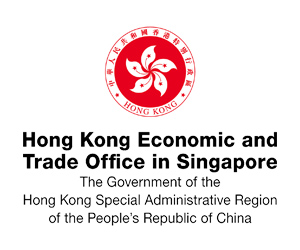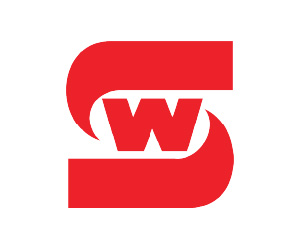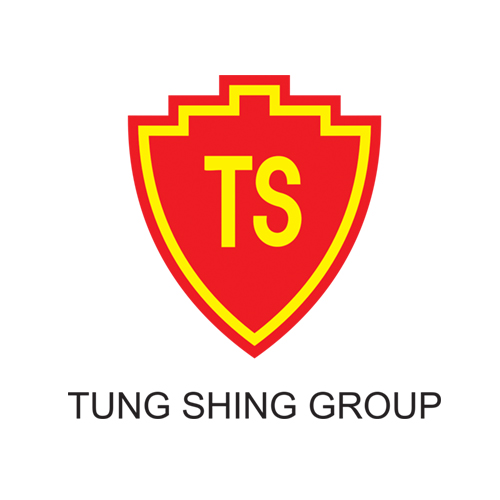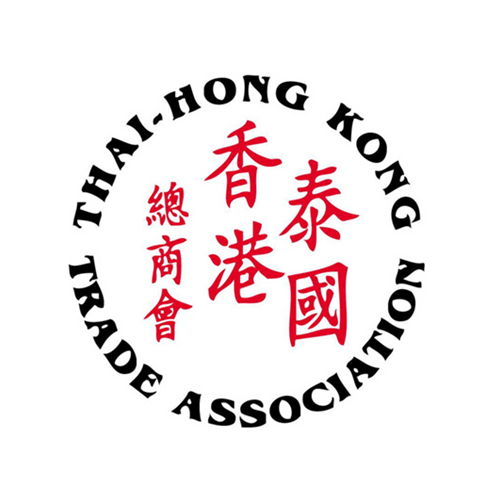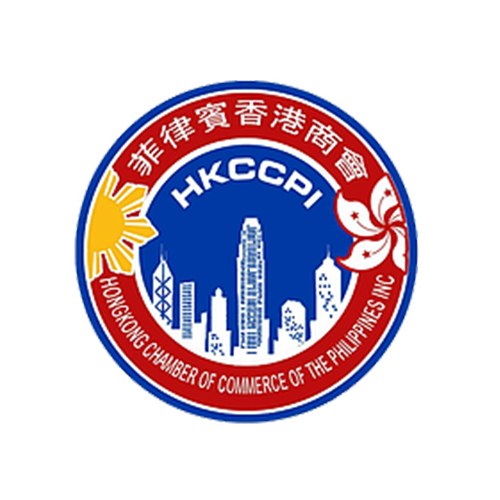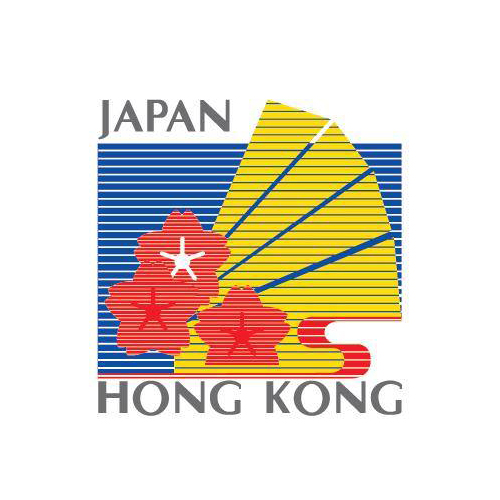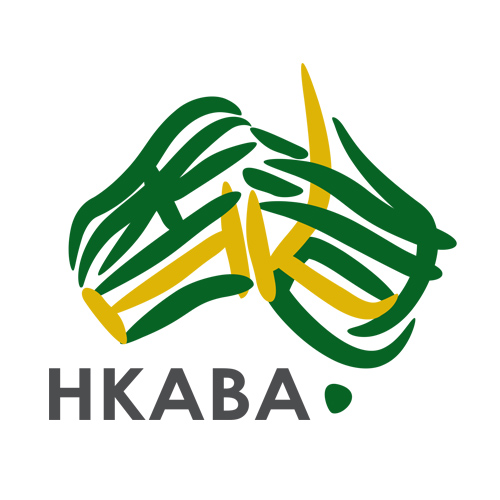Want to be in the loop?
subscribe to
our notification
Business News
FABRIC PRODUCTION AN ISSUE FOR TEXTILE INDUSTRY
Fabric production is a challenge for Việt Nam's textile and garment industry when it comes to free trade agreements (FTAs) requirements on product origin.
The import value of fabric and sub-material for the textile and garment industry accounts for 40 per cent of garment export revenue. Of which, 70 per cent of imported fabric was for manufacturing export garments.
Trương Văn Cẩm, deputy chairman of the Việt Nam Textile and Apparel Association (Vitas), said stronger links in the industry are needed.
“To take those advantages, the local textile and apparel enterprises must strengthen links among them to focus all sources on manufacturing materials meeting requirements on product origin in FTAs like the EU-Việt Nam Free Trade Agreement (EVFTA), especially fabric for producing export garment products," he told Việt Nam News.
Enterprises will have to solve difficulties in the development of the production chain, such as differences in terms of quantity, quality and price of products, for long-term co-operation, Cẩm said.
The association also proposed the Ministry of Industry and Trade (MoIT) complete a development strategy for Việt Nam's textile and garment industry to submit to the Government for approval, he said.
“The strategy needs to focus on the planning of large-scale textile industry. It must have industrial zones with advanced wastewater treatment systems to attract textile and dyeing projects,” Cẩm said.
"Meanwhile, local authorities should grant investment licences for dyeing and textile projects because current textile and dyeing technologies are not as polluting as they used to be."
In the past, many localities did not give investment licences for dyeing and textile projects due to fears they would cause environmental pollution but now, the global textile industry has dyeing technology to lessen pollution.
"Therefore, localities need to change the view of textile and dyeing projects to give investment licences for more textile and dyeing projects, supporting the development of the domestic apparel industry," Cẩm said.
The Government should direct localities to focus on solving difficulties of the textile and garment enterprises so Việt Nam could have enough supply of raw materials meeting origin requirements to enjoy tariff preferences in FTAs.
In addition, the research and development (R&D) activities of textile and apparel industry are limited. Therefore, the State needs more investment in R&D activities to create good conditions for domestic research institutes to develop new products and equipment, he added.
The Mekong-China Strategic Studies Programme (MCSS) report released in Hà Nội early this week also pointed out that the domestic textile and garment industry lacks sufficient domestic supply of materials, especially fabric, so it will be difficult to take advantage of tariff cuts in FTAs.
Việt Nam has signed 13 FTAs, including 12 FTAs that are effective and one FTA waiting for approval. The nation is negotiating three other FTAs.
The deals bring many advantages in competitiveness for the textile and apparel industry. For instance, tariff rates are between zero and 5 per cent for textile, garment and raw materials. Meanwhile, according to World Trade Organisation (WTO) regulations, the tariffs are 12 per cent for textile and raw materials and 25 per cent for garment products.
However, Việt Nam has only taken a third of the advantages of the FTAs, according to the report. Việt Nam has not yet exploited potential markets that are members of the Comprehensive and Progressive Agreement for Trans-Pacific Partnership (CPTPP) such as Mexico, New Zealand, Canada and Australia.
Of which, Australia and Canada are two large textile and garment markets with total value of about $10 billion per year, while the market share of Vietnamese textile and garments products in the two markets is worth only about $500 million per year.
The report said Canada is a high potential export market for Việt Nam’s garment products.
According to the CPTPP, 42.9 per cent of Việt Nam’s garment exports to Canada will enjoy tariffs of zero in the first year and tariffs on the remaining 57.1 per cent will be removed in fourth year if Vietnamese products meet regulations on the origin of yarn.
Source: VNS
Related News
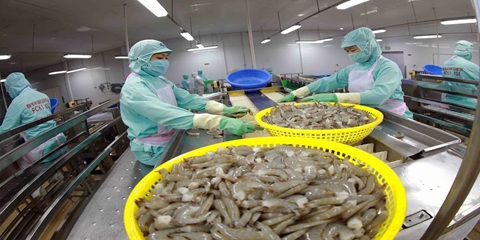
VIETNAM’S SEAFOOD EXPORTS HIT OVER US$10 BILLION IN JAN-NOV
Seafood export revenue in November alone amounted to nearly US$990 million, up 6.6% year-on-year. Key product groups posted solid gains. Shrimp exports rose 11.7% to over US$385 million, supported by strong demand for whiteleg shrimp and lobster. Tra fish shipments increased 9.7% to almost US$197 million, while marine fish, squid, and mollusk exports maintained their recovery.
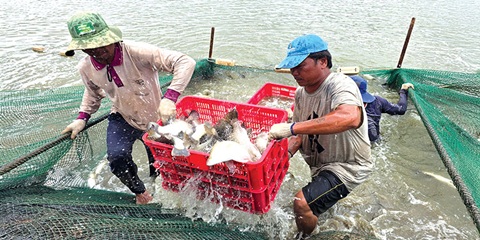
VIETNAM’S AGRO-FORESTRY-FISHERY EXPORTS HIT NEW RECORD IN JAN-NOV
Vietnam’s agro-forestry-fishery export revenue reached an estimated US$64.01 billion in the first 11 months of 2025, up 12.6% year-on-year and surpassing the full-year record of US$62.4 billion set in 2024. Agricultural exports reached US$34.24 billion, up 15% year-on-year, while livestock products brought in US$567.4 million, a 16.8% increase. Seafood exports rose 13.2% to US$10.38 billion, and forestry products earned US$16.61 billion, up 5.9%.

HANOI REPORTS RECORD-HIGH BUDGET REVENUE IN 2025
Hanoi’s budget revenue is estimated to reach VND641.7 trillion in 2025, the highest level ever recorded and nearly 25% above the revised target, according to a report by the municipal government. Data from the city’s socioeconomic performance review shows that total state budget collections in 2025 are projected to reach 124.9% of the adjusted plan and rise 24.9% from 2024, the Vietnam News Agency reported.
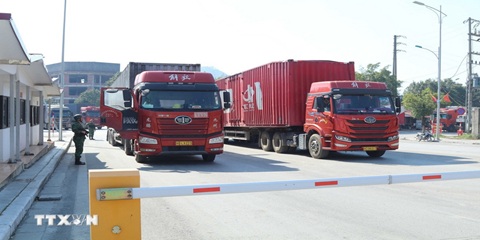
VIETNAM, CHINA TO PILOT TWO-WAY CARGO TRANSPORT AT LANG SON BORDER
Vietnam and China will launch a one-year pilot program on December 10 to allow two-way cargo transport through the Huu Nghi–Youyi Guan international border gates in Lang Son Province, reported the Vietnam News Agency. The Dong Dang-Lang Son Economic Zone Management Board said the trial aims to reduce transport costs and improve customs clearance capacity.
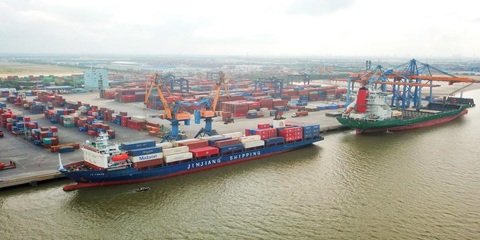
VIETNAM’S IMPORT-EXPORT VALUE NEARS US$840 BILLION IN JAN-NOV
The total value of Vietnam’s imports and exports was nearly US$840 billion between January and November this year, the highest level ever recorded, according to the National Statistics Office. In its latest report on the country’s socio-economic performance, the National Statistics Office highlighted a series of positive economic indicators, with trade emerging as one of the strongest drivers of growth.

OVER 19 MILLION INTERNATIONAL VISITORS COME TO VIETNAM IN JAN-NOV
Vietnam received more than 19.1 million international visitors in the first 11 months of 2025, a 20.9% increase year-on-year and the highest level ever recorded, according to the National Statistics Office. The figure surpasses the full-year record of 18 million arrivals set in 2019, before the Covid-19 pandemic. Nearly two million foreign visitors arrived in November alone, up 14.2% from October and 15.6% from the same period last year.
